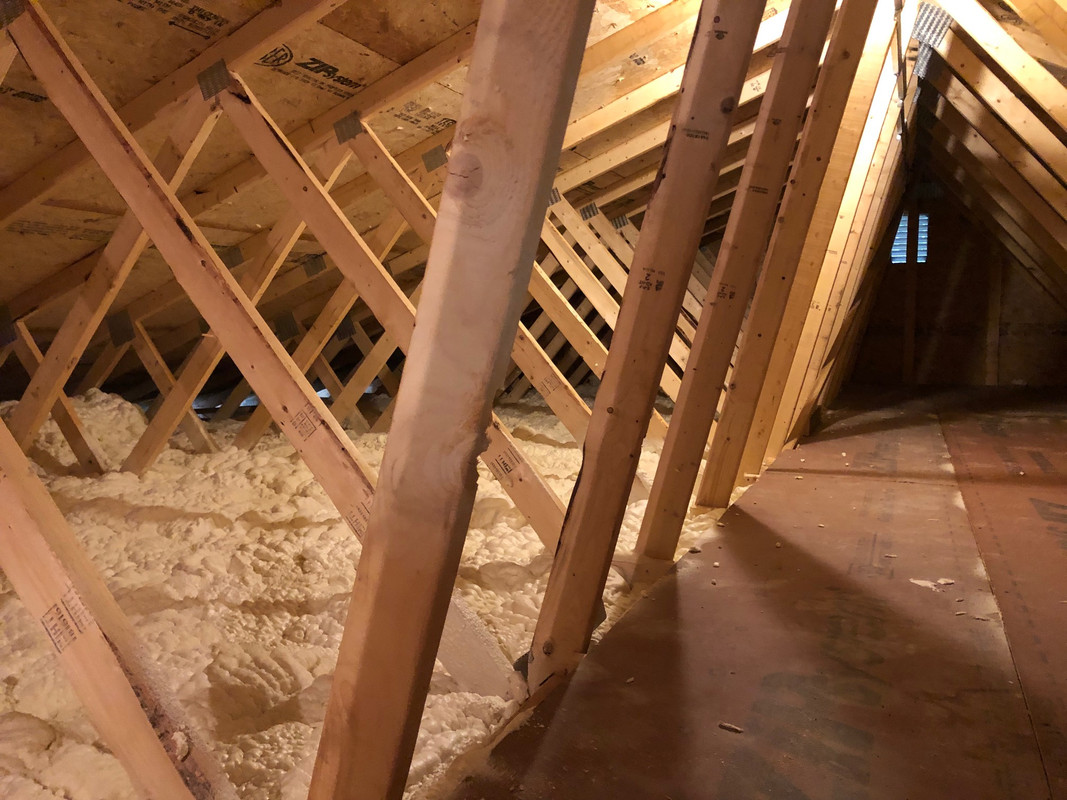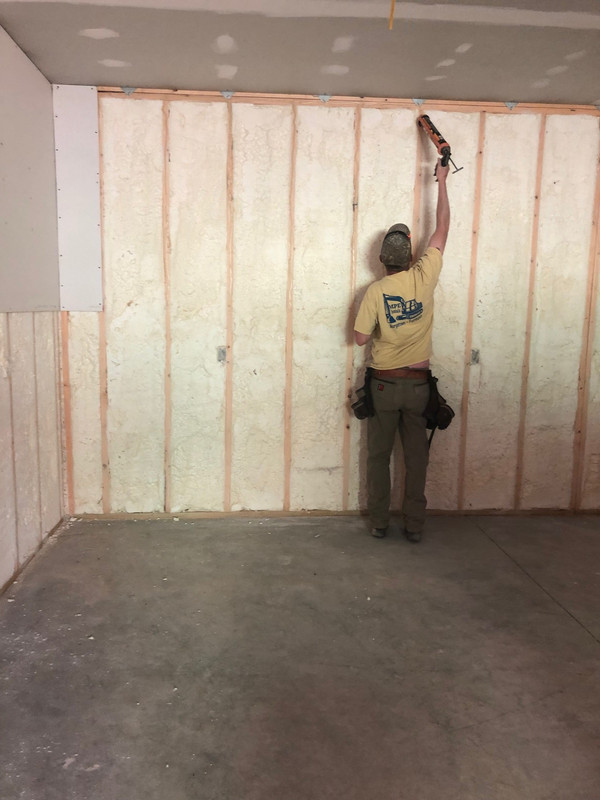3Ts
Elite Member
No. Different builder. House is about 1.5 years old. Our house is a little under 2200 sq ft and we run about $160 for electric in the summer time with the air conditioner. I don't know what to tell you about energy savings we see since it's the only way the house has ever been so we have nothing to compare it to. It was also designed to use LED bulbs (regular bulbs will burn up the dimmers and blow circuit breakers). Those LEDs do not work as well with the dimmers as I'd hoped even though I matched the bulbs and dimmers and even tried them out in advance.is that builder mike, with dream homes?
how old is your home?
you aren't seeing significant savings in yer light bill?
corkpuller - I sent you a PM


